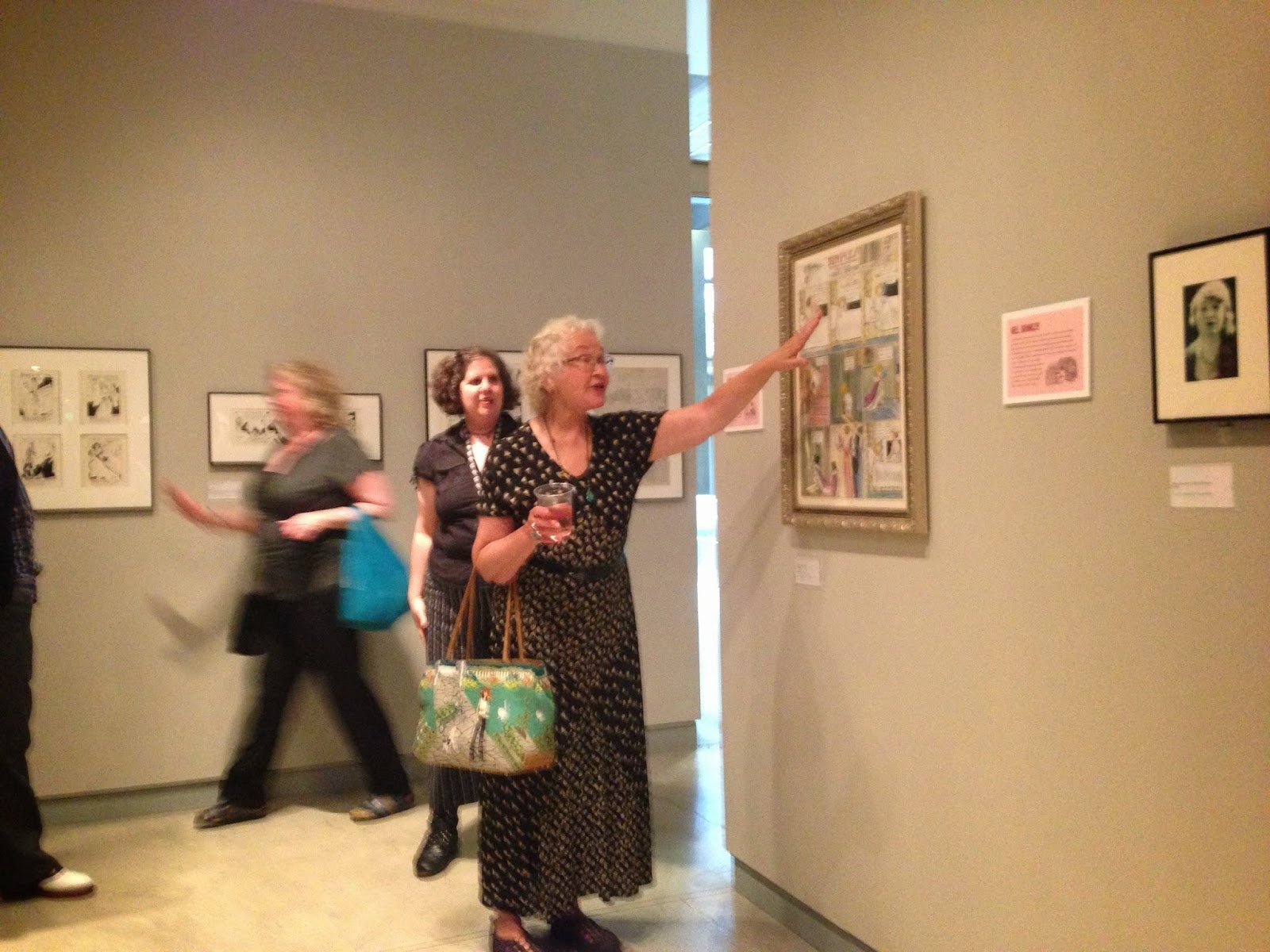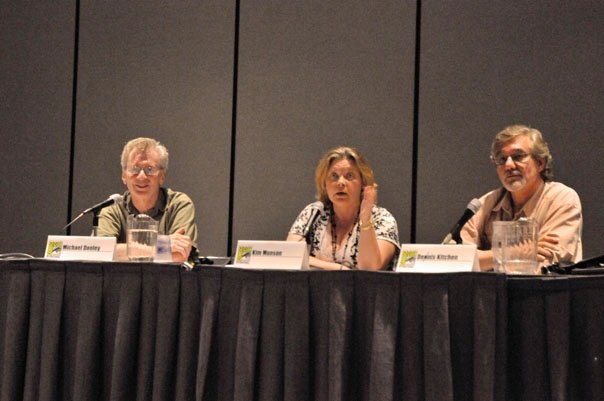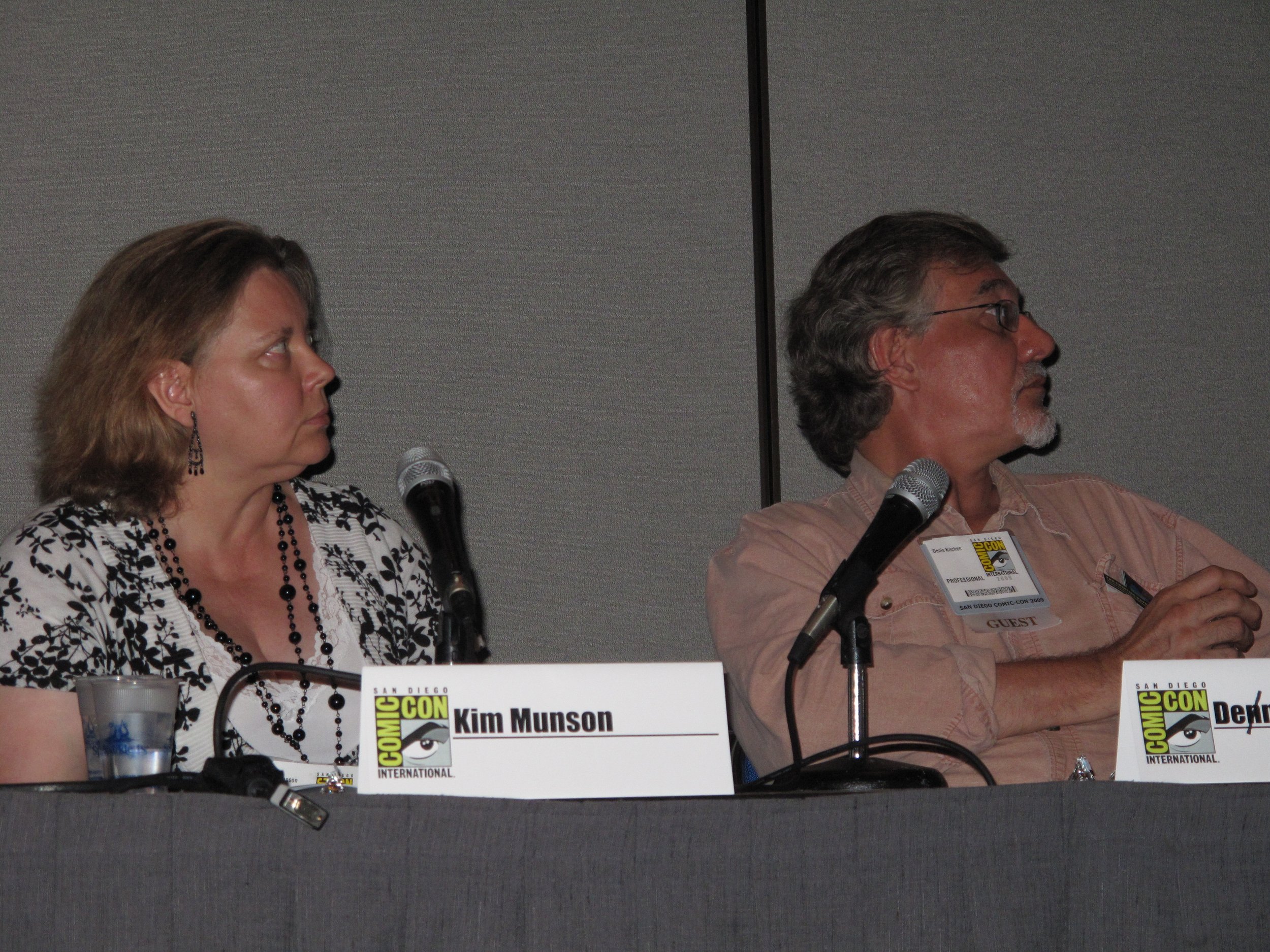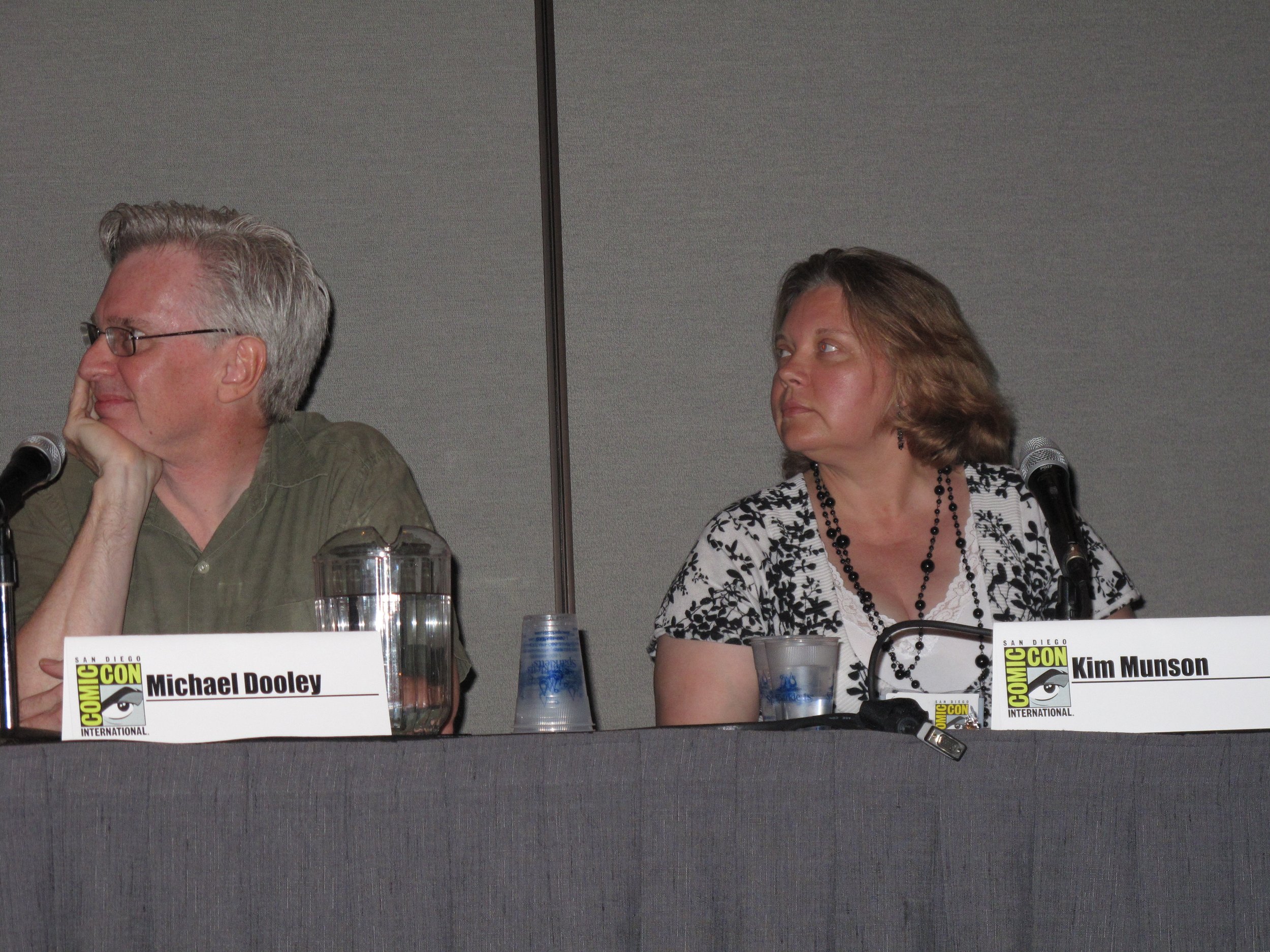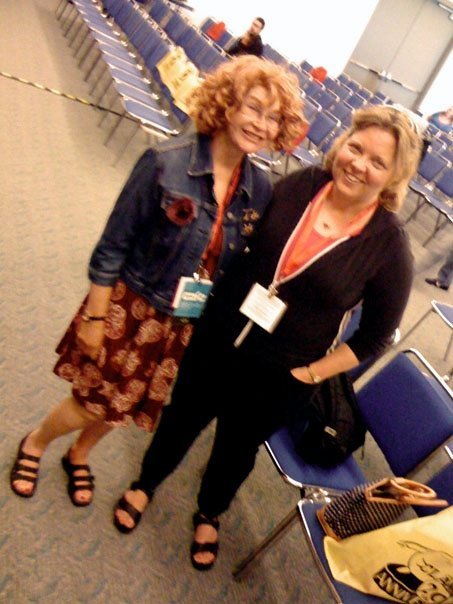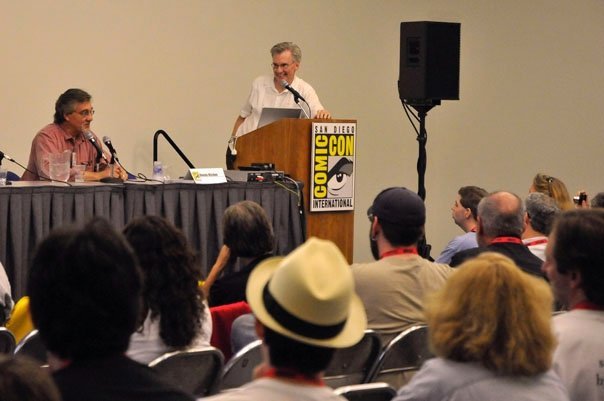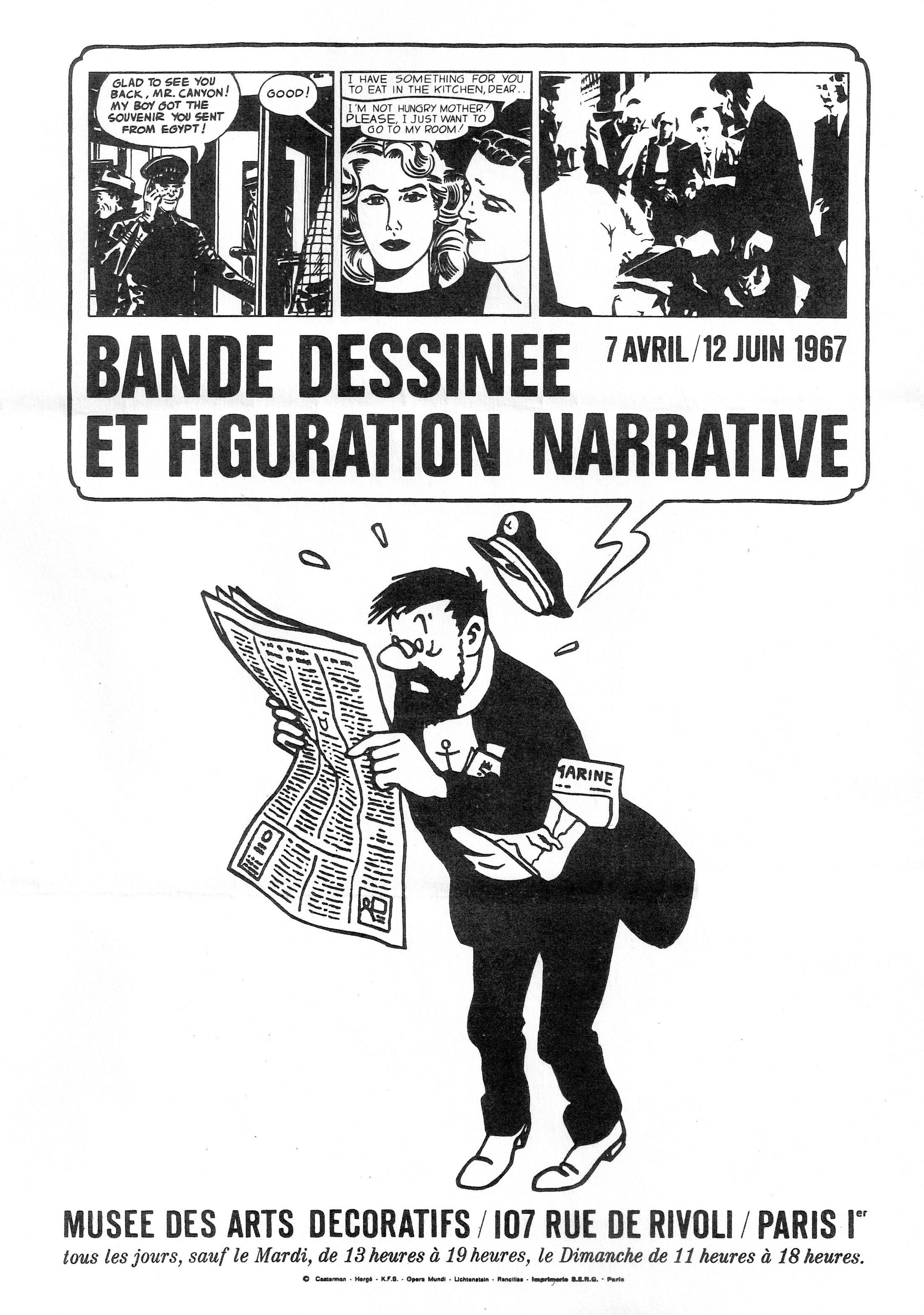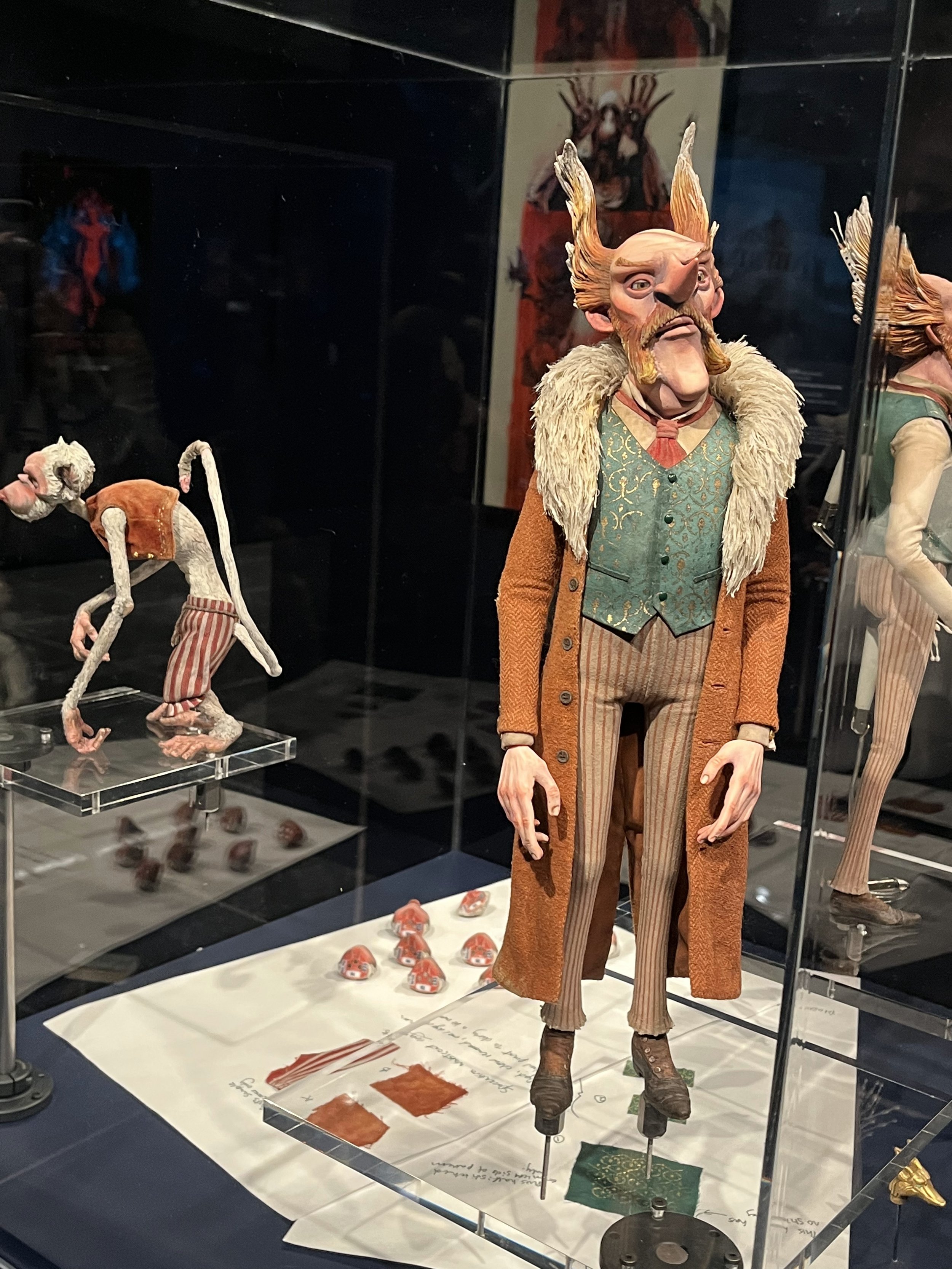Memory: Pretty in Ink at Cartoon Art Museum 2014
/Trina Robbins discusses the fine points of a page by Grace Drayton from her collection at the Pretty in Ink exhibition, as Cartoon Art Museum’s executive director Summerlea Kashar looks on.
Today I’m rescuing another great exhibit from my old blog: Trina Robbins’s Pretty in Ink at the Cartoon Art Museum’s 655 Mission Street space in 2014. These photos were taken at a reception/curator talk on July 31. The exhibit showcased pieces from the collection of comics Herstorian Trina Robbins, some of which we showed again years later at the Society of Illustrators. On view were works by female cartoonists working in the early 20th century, including pieces from Ethel Hays, Edwina Dumm, Nell Brinkley, Ramona Fradon, and Lily Renée. The exhibit also includes fan art, rare photos, and other memorabilia. Trina also signed copies of her Fantagraphics book, Pretty in Ink: North American Women Cartoonists 1896-2013.
Trina Robbins pointing out highlights in the career of the flapper age cartoonist Nell Brinkley.
Robbins was invited by Malcolm Whyte to join his first Advisory Board when he founded the museum in the 80s and she has had many exhibits since then. Her most recent shows have focused on the subjects of her books, like Nell Brinkley and the Flapper Era, or her long connection with the DC comics icon Wonder Woman. In 2019, she showed work from her collection aimed at teenage girls, including pages from Archie, paper dolls, and work from her own 90s titles for Eclipse Comics Go Girl! and California Girls.
Trina Robbins talks about Teen Comics from her collection with sydney phillips, fashionista and romance comics specialist. This exhibit was at the Cartoon Art Museum’s current gallery at 781 BeacH Street in Fisherman’s wharf.

